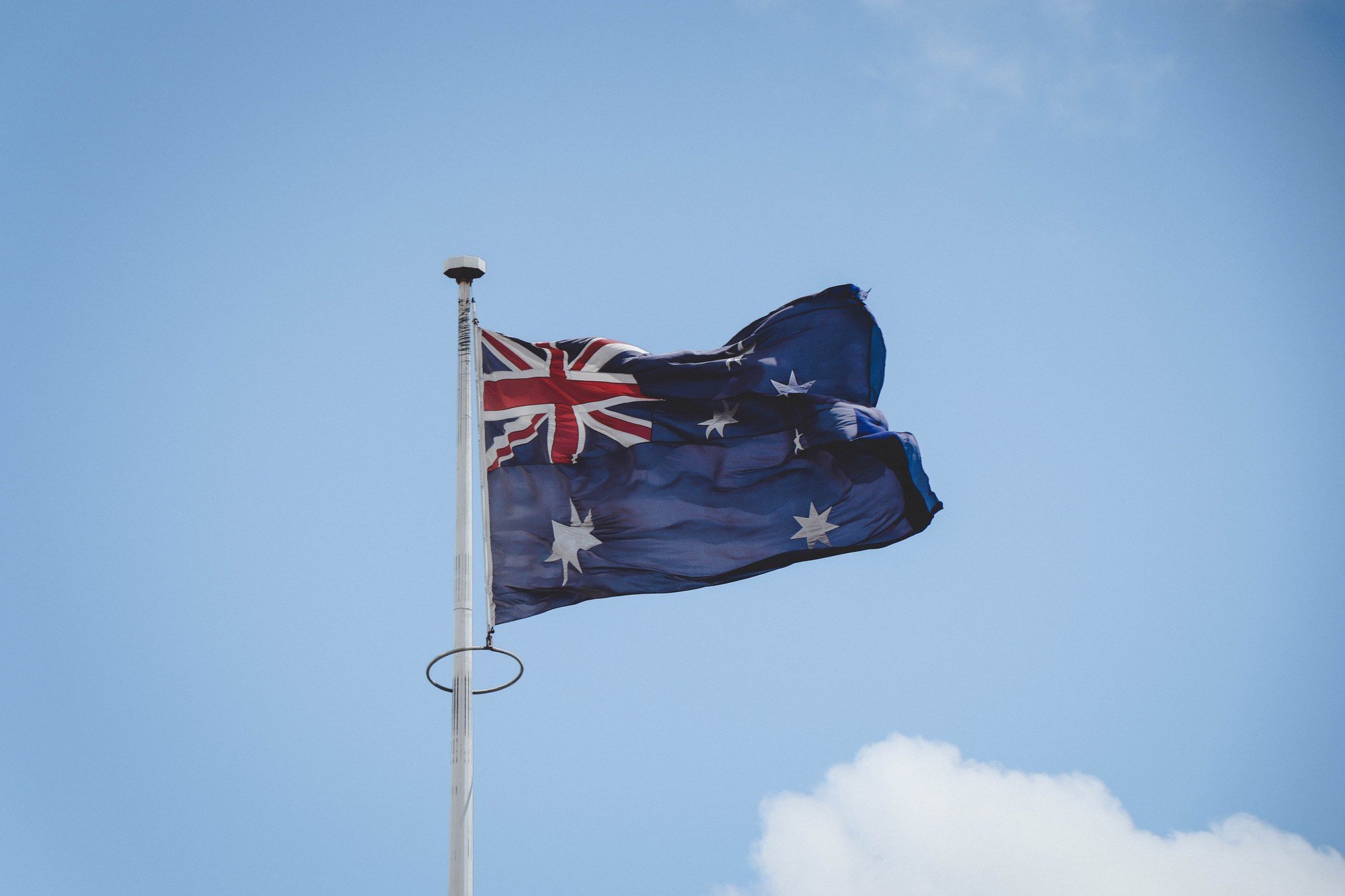
Statistics from the Australian Department of Home Affairs in January showed that the government's student visa refusal rate was at a record high.
Who is at risk of visa refusal?
In the second half of 2023, Australia will introduce a series of new policies to prevent dishonest international students from exploiting loopholes in the immigration system to enter the country to work under the "cover" of studying abroad. The move will significantly affect the trend of studying abroad in Australia in the second half of 2023. Statistics from the Australian Department of Home Affairs on January 24 showed that up to 19% of applicants were refused a student visa, the highest in the past 15 years.
This means that one in five people applying for an Australian student visa will be refused in the second half of 2023. And if this refusal rate continues, the number of international students granted an Australian student visa in the 2023-2024 academic year is expected to fall by about 15% compared to 2022-2023, at 91,715, ICEF Monitor reported. Previously, the refusal rate stopped at 10% in the 2018-2019 academic year, 8.5% in 2021-2022 when Australia reopened its borders and 14% in 2022-2023.
Those most likely to be denied a student visa are those pursuing lower-level qualifications. Phil Honeywood, CEO of the International Education Association of Australia (IEAA), said the cuts were aimed at the large number of international students studying vocational courses such as leadership. “We are focused on attracting students who can contribute skills to the economy ,” he said.
Correspondingly, data from the Australian Department of Home Affairs also shows that the success rate of vocationaleducation and training visas, commonly known as apprenticeship programs, dropped to 60% in December 2023, far below the 95.3% rate in the same month in 2022.
Another group of people at risk of failing their student visas are international students who cannot meet or demonstrate the Australian government's increasingly stringent requirements for language proficiency, financial capacity, honesty, etc. For example, from the beginning of 2024, Australia will increase its English language requirements and this decision is expected to "hinder" tens of thousands of people on their visa application journey, according to SBS .
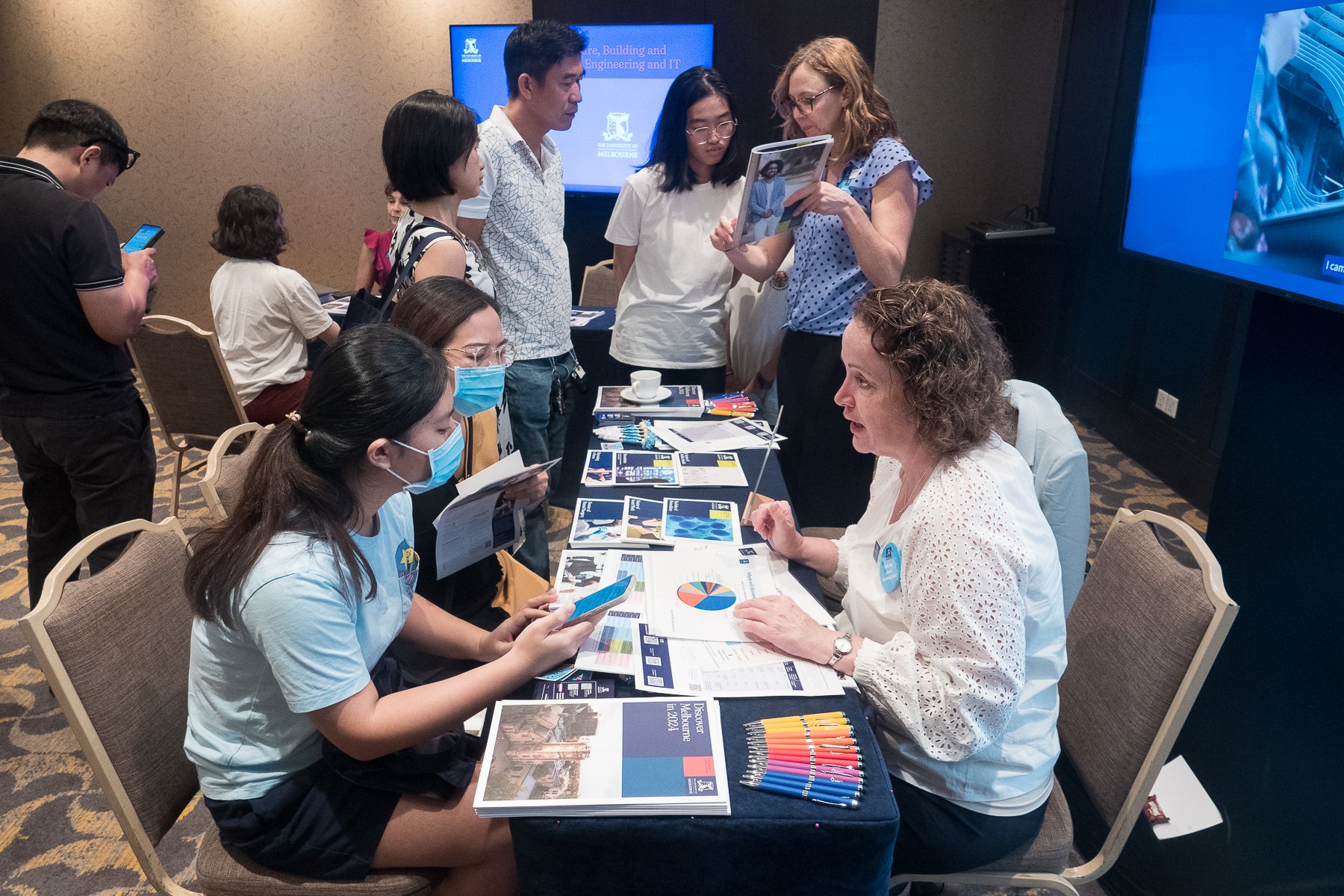
Vietnamese parents and students learn about opportunities to study in Australia at a seminar held in October 2023
In addition, Australia's tightening of regulations related to educational institutions and review departments has also led to a higher rate of visa refusals than before. "We have seen increasingly sophisticated fraudulent documents, fraudulent English tests, and false statements in student visa applications," said a spokesperson for the Australian Department of Home Affairs.
Some countries on the "blacklist"
The Australian government's new rules also include "closer scrutiny" of high-risk student visa applications.
Responding to the Australian Financial Review , Mr. Craig Mackey, Director of Business Development at IDP Education Australia, informed that in just 4 months from June to September 2023, the student visa approval rate of students from a number of Asian and African countries witnessed a sharp decline. For example, India dropped from 73% to 42%, Pakistan from 64% to 30%, the Philippines from 81% to 36% and Nigeria from 71% to 29%.
In contrast, visa approval rates in countries and territories such as China, South Korea, Singapore, and Taiwan are 90% or higher due to financial capacity and sincerity in the intention to study abroad, according to Mr. Mackey. Agreeing, a study abroad company in Indonesia told The PIE News that a relatively "clean" market would not encounter many cases of visa refusal. For example, in Indonesia, the visa approval rate for the higher education sector is 98.2%.
The high student visa refusal rate is also causing problems in the higher education sector. In particular, last week it was reported that the University of Wollongong and a number of other Australian universities were asking international students to withdraw their applications because they believed they would have difficulty meeting the new student visa criteria, leading to refusals and affecting the risk rating of the Australian institution to which they applied.
According to statistics from the Australian Department of Education, there are 768,113 international students studying in Australia as of October 2023. Of these, Vietnam has more than 31,000 international students, ranking 6th after China, India, Nepal, Colombia and the Philippines. To live in Australia at the present time, the Australian Department of Home Affairs advises international students to ensure finances of about 25,000 USD (600 million VND) per year.
Source link




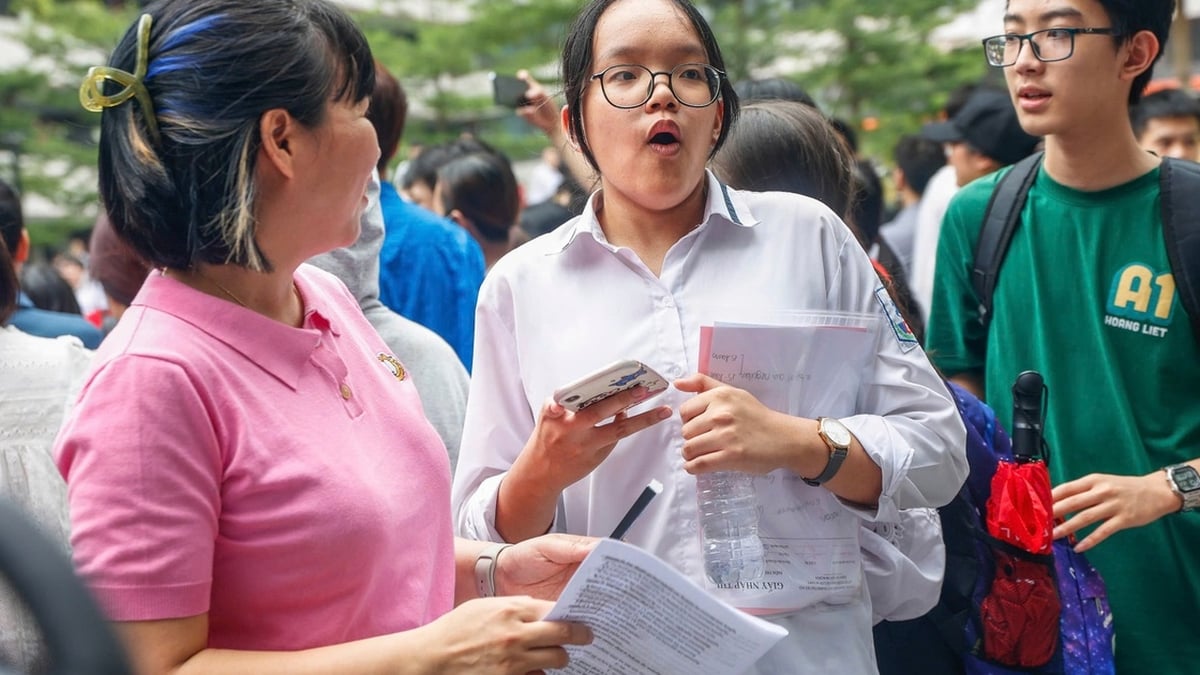


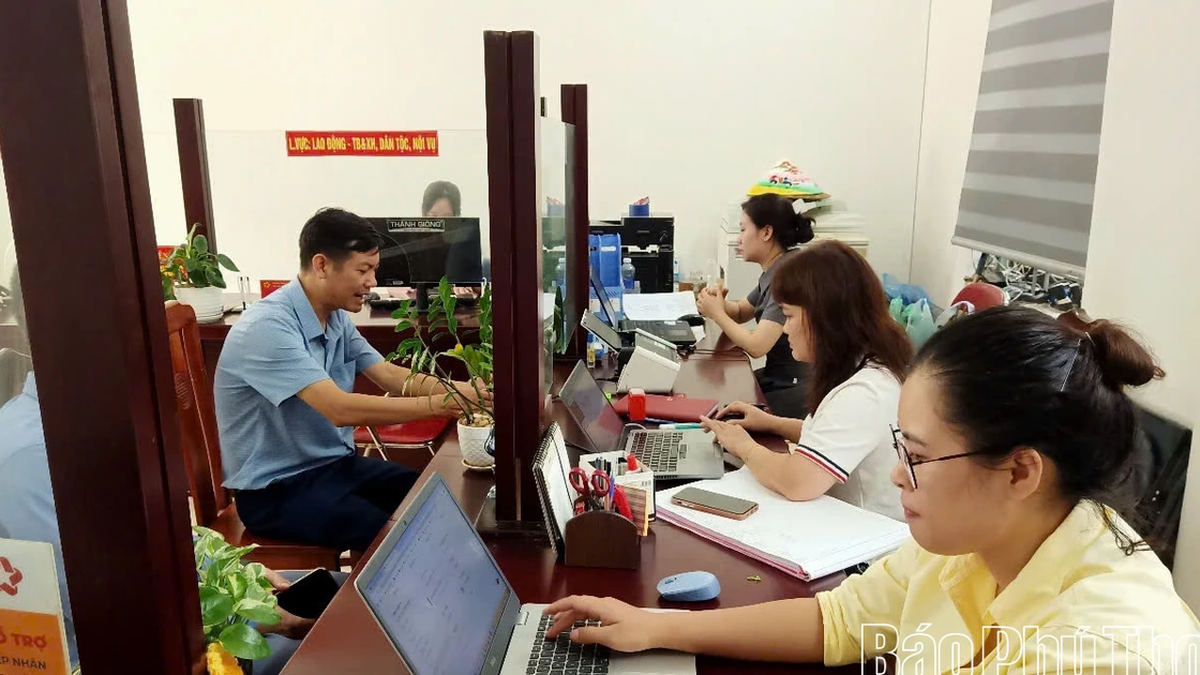
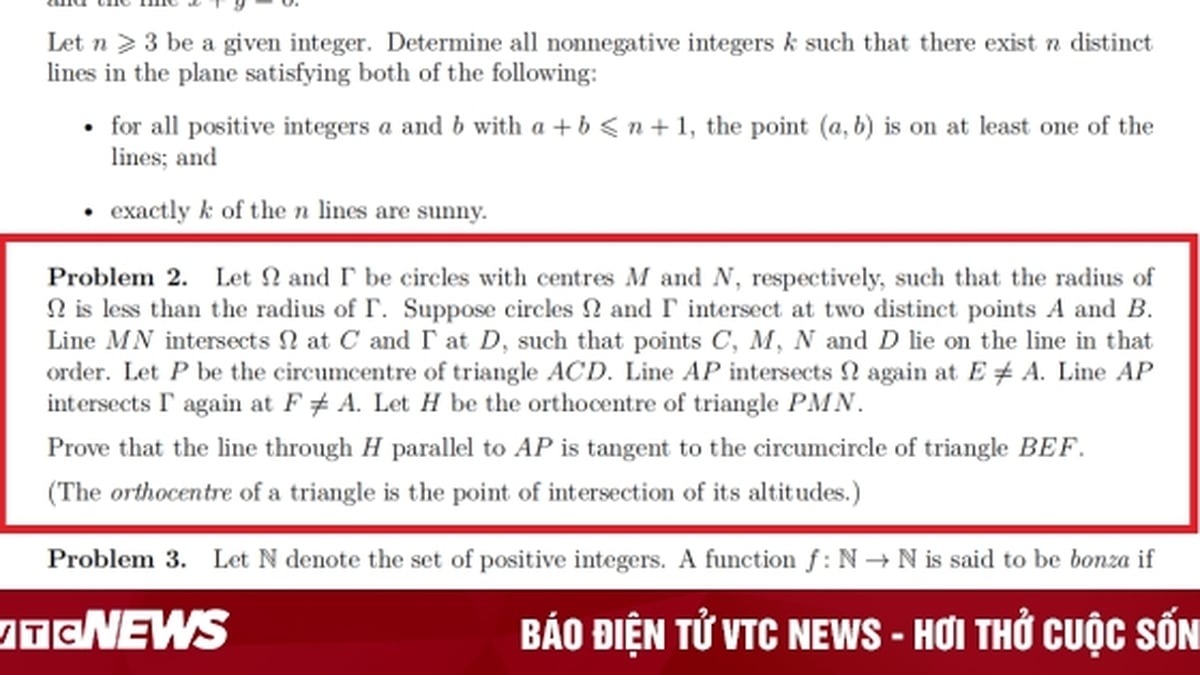


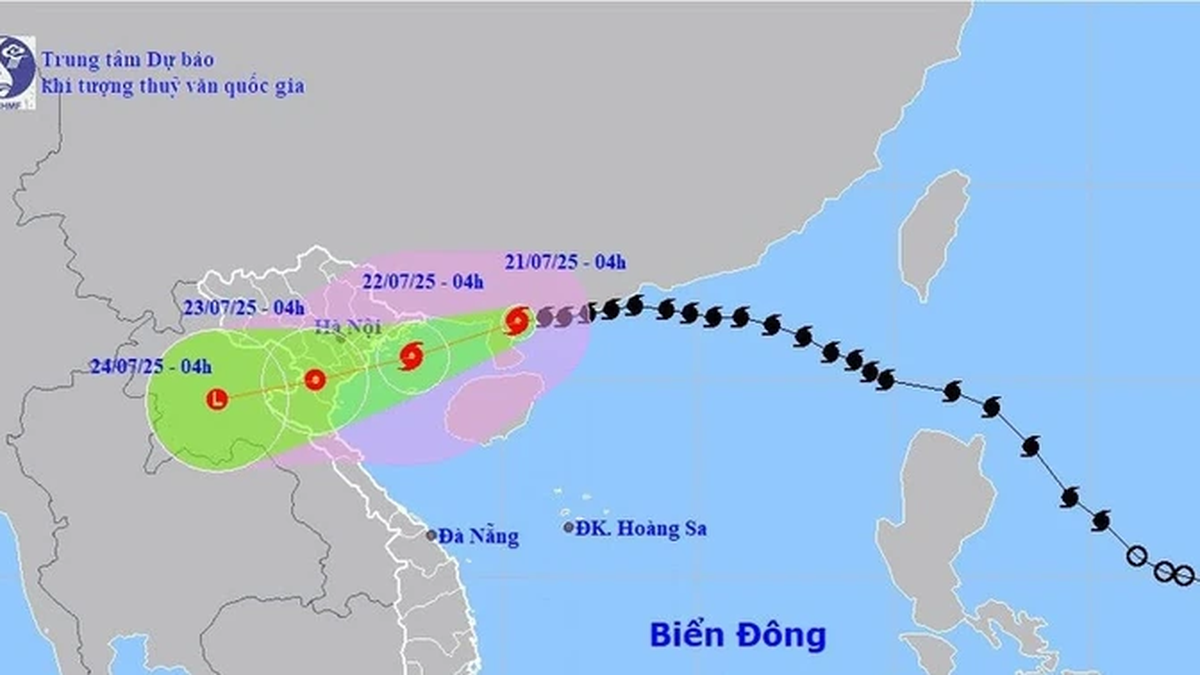


















![[Photo] National Assembly Chairman Tran Thanh Man visits Vietnamese Heroic Mother Ta Thi Tran](https://vphoto.vietnam.vn/thumb/1200x675/vietnam/resource/IMAGE/2025/7/20/765c0bd057dd44ad83ab89fe0255b783)




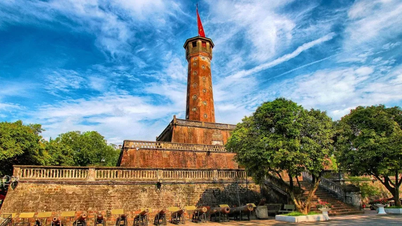
























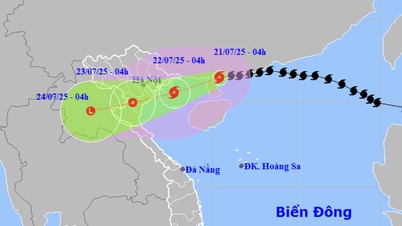




































Comment (0)